India has an enormous diversity of cultures which is evident from different art forms from different regions. Madhubani paintings or Mithila paintings got their name from their geographic origin in Norther Bihar, especially in the Mithila region. This unique style was traditionally used by women to paint the walls and floors of their huts to seek blessings from the divine power, and celebrate occasions like religious festivals, marriages, births, etc. the paintings done on walls are called ‘Bhitti chitra’ and the ones were done on the floor are called ‘Aripana’. It is a decorative art form drawn using intricate geometrical patterns and lots of colors.
Origin
It is said that the Madhubani paintings existed from the Ramayana period. The exact source of its origin is unknown but it is believed that in the Treta Yug when King Janaka was the ruler of Mithila, he ordered to paint the walls of his kingdom on the occasion of the marriage of his daughter Sita to Lord Rama. The entire wedding ceremony is believed to be painted in the form of Madhubani paintings by the artists during that time.
Variety
These paintings have different styles and designs accordingly. (i)Bharni– Bharni means filling. In this style, the outlines of images are drawn in bold and dark black. The images are filled with bright colors like red, yellow, orange, etc. (ii) Kachni– Kachni means line art. In this style, elaborate line paintings are made. The images are filled with closely drawn parallel lines or small dots. The thickness of the line depends on the design. Mainly black and vermillion colors are used. (iii)Godhana- Godhana means tattoo. In this style, repeated images are arranged in parallel lines, concentric circles, or rectangles to form various patterns.
Materials and Colours
In the past, the paintings were done on walls prepared by applying mud and cow dung, but now they are also made on handmade paper. Paper is made by mixing cow dung, neem juice, and Multani mitti which gives the paper a slight yellow appearance resembling mud wall. It enhances the durability of the painting by protecting them from termites and insects. Before starting the painting, women usually do a prayer to the deities so that their favor accompanies them in their objectives or rituals. For its elaboration, the cotton wrapped on a bamboo stick is used as a brush. The colors that are applied are prepared manually by the artists. Some of the natural sources are: black by mixing soot with cow dung; yellow with turmeric; white with rice powder, green from the leaves of woodapple tree, blue from indigo or aparajita flower, red from kusum flower or red sandalwood and orange from Palash flower.
Another Reason To Buy These Products
If you think the historical and traditional value is the only reason to buy them, let us give you a few more reasons. These paintings are more than 1000 years old legacy that the artists are trying hard to preserve. Buying them would not just increase the demand but also keep this dying art alive for future generations. Not just this, but these paintings are all “Made in India” products.

Explore the wide variety of handmade products:
India has a special kind of connection with its artisans and the colorful culture found in the nook and corners of this land. Local art like basket weaving, temple paintings, and terracotta vessels are just parts of our heritage hidden away.
We bring you the history, the forgotten legacies, through authentic art, right from their birthplaces, to you.

Clio’s Heritage Store is a store with a story. Every product comes with a tale of its very own. We promote various local artisans from every corner of India, while also upholding the legacy that our country holds. When you buy from us, you help keep alive the dreams of hundreds of handicraftsmen, you help contribute in the cause of keeping our ancestry alive. You help the cottage industries and the small businesses and mostly you keep our heritage alive.
So come, and be a part of this journey of knowing history through the art of our country.


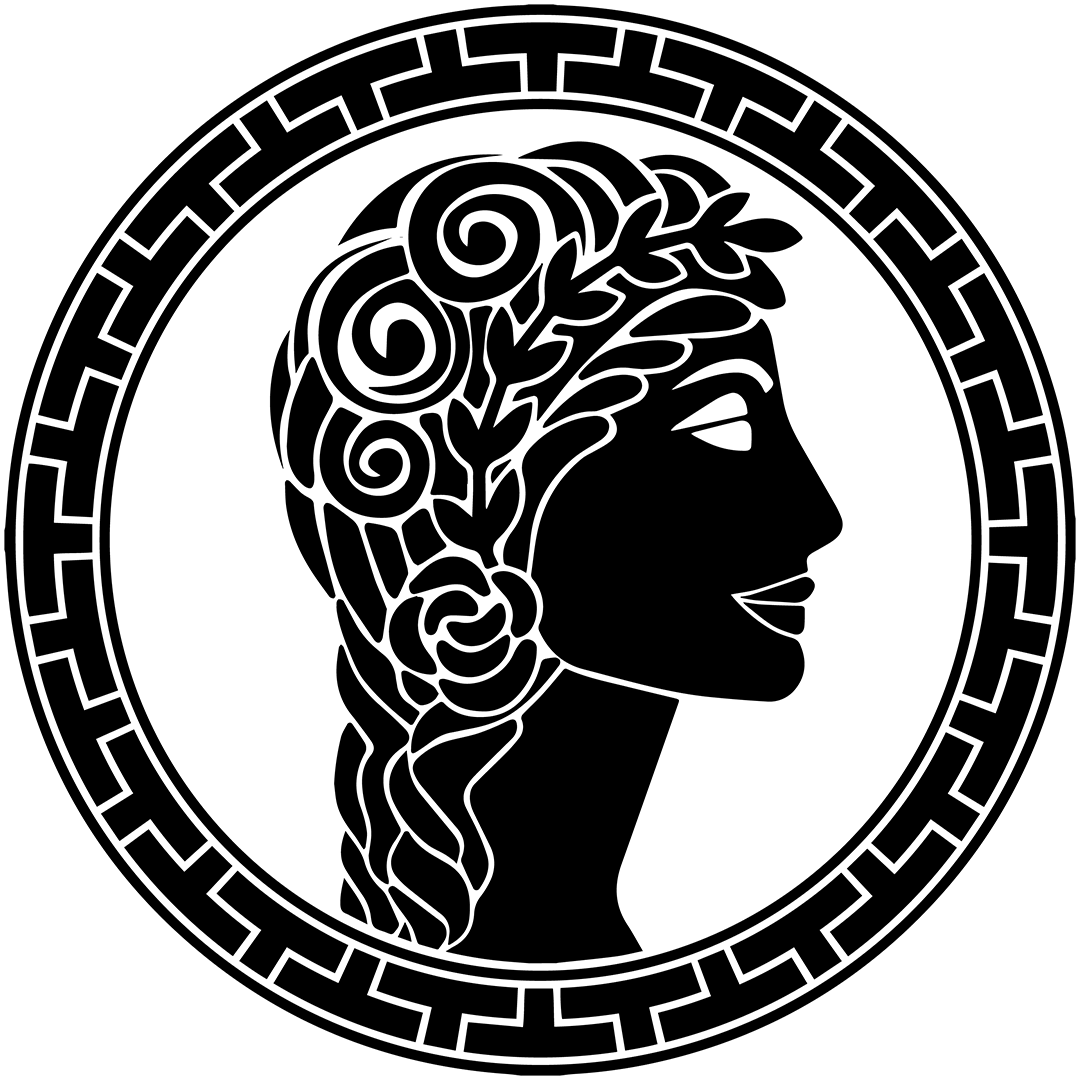

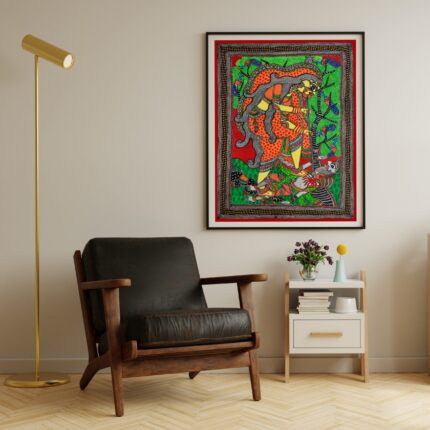




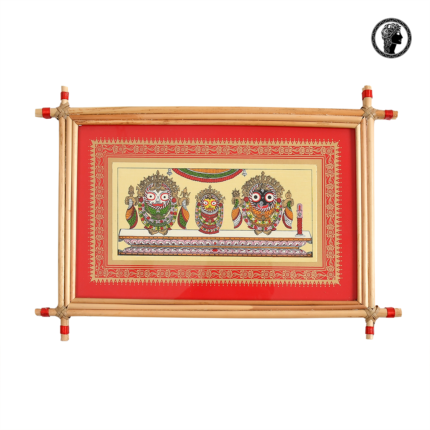
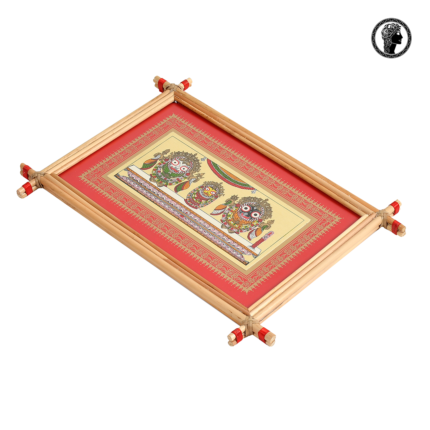
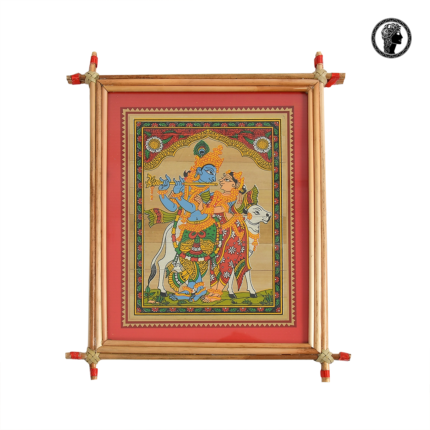
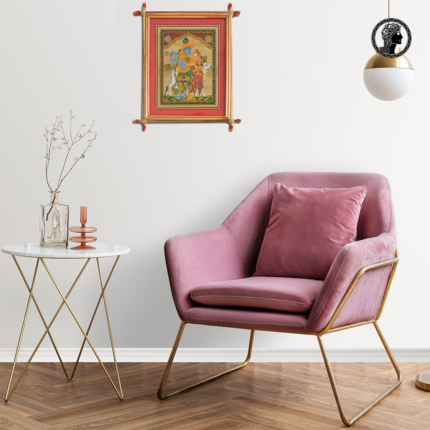


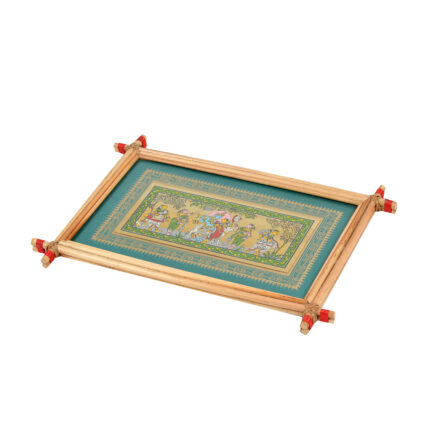
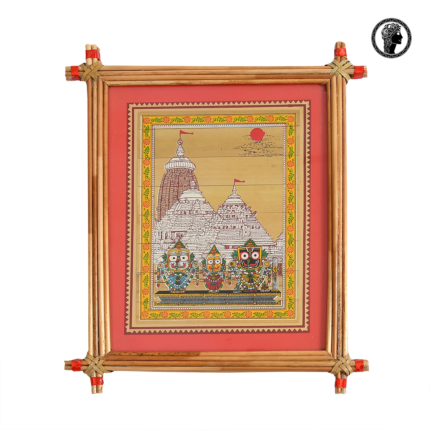

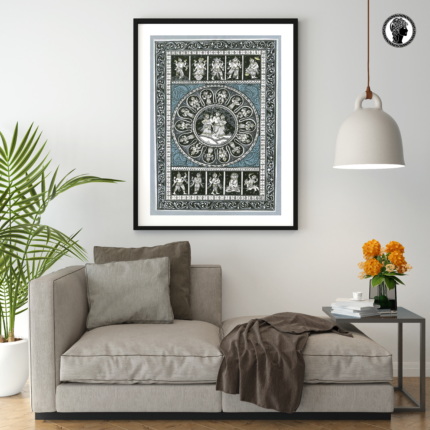



Reviews
There are no reviews yet.